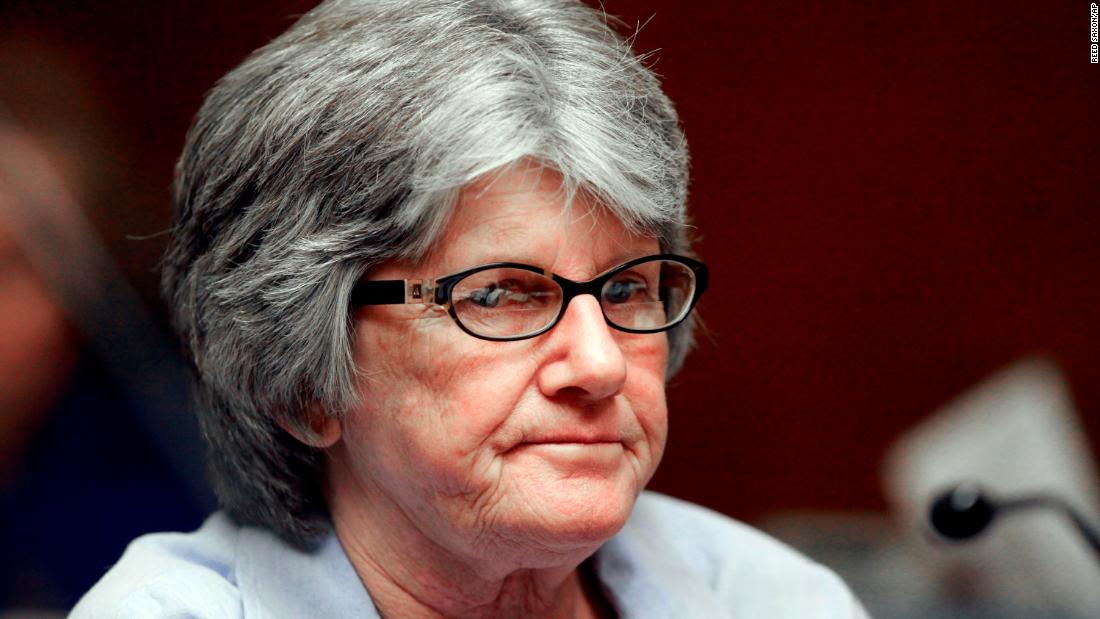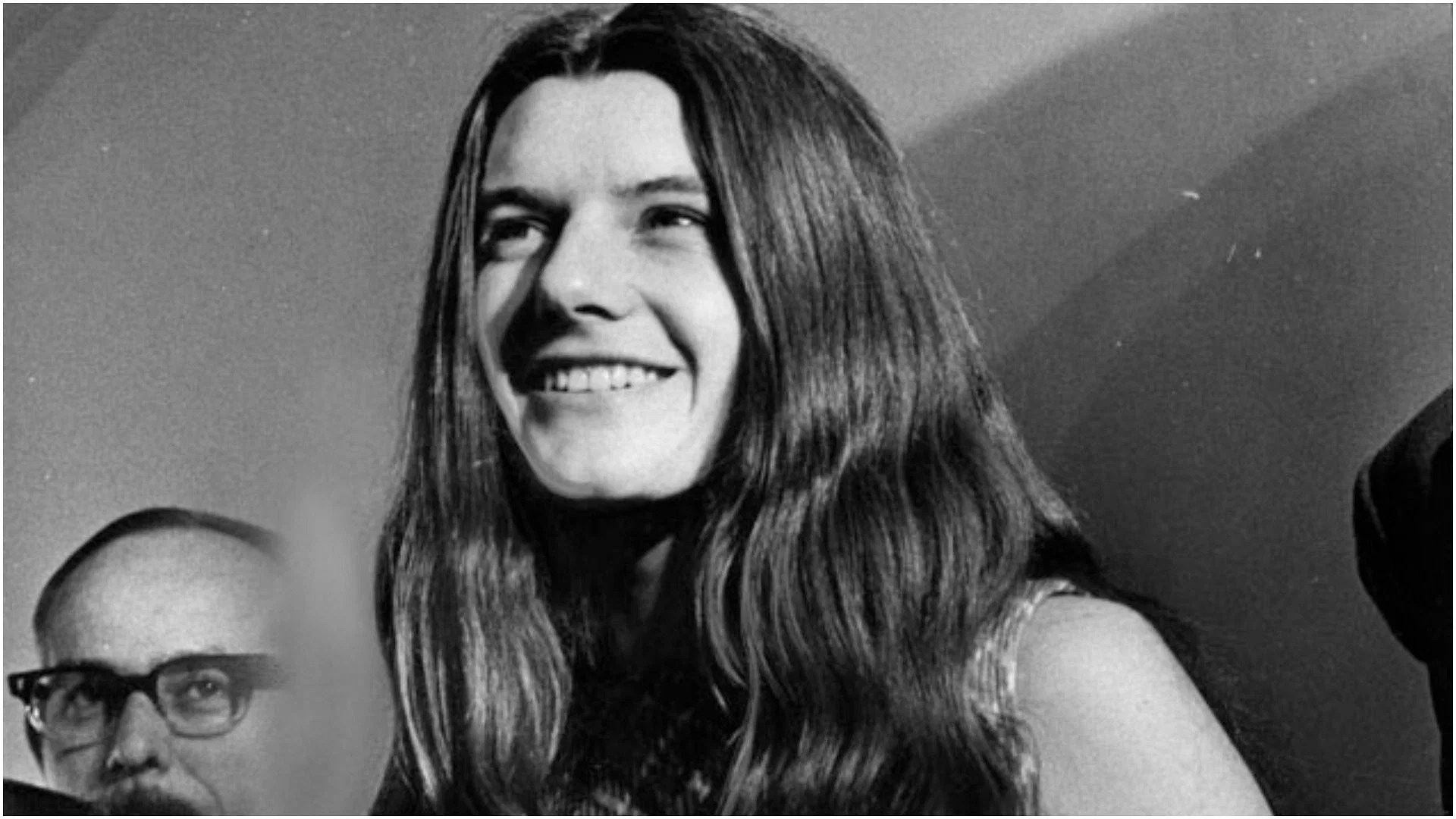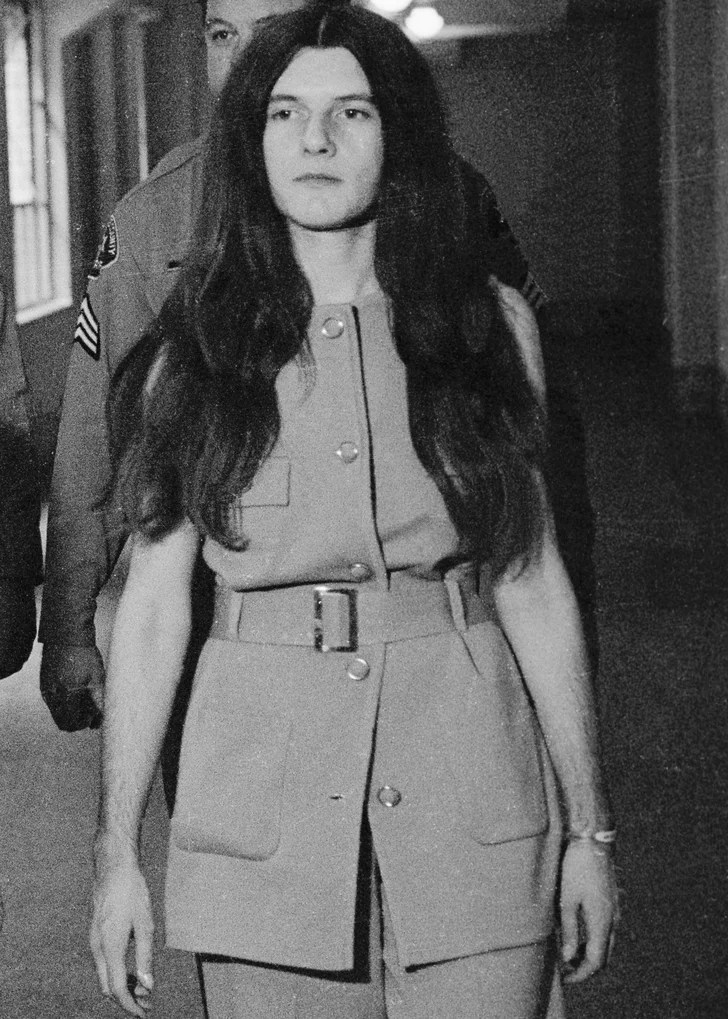Date of publishing: 2025-04-19
Patricia Cranewinkel is known as one of the notorious figures in American criminal history. As a member of the family of Manson, his involvement in multiple brutal killings has left an indomitable sign in the society and continues to discuss the crime, punishment and psychological factors that lead people to the dark path. Although Patricia’s activities are often seen through the lens of horror and disbelief, his personal story is equally forced and raises questions about the nature of evil and liberation.
Born on December 3, 1947, the life of the Cratenwelle was erect in an unstable nurture that shaped its views and preferences. The story of Patricia is not just about his crime; It extends up to and after the infamous event in the late 1960s. When we dive deep in his biography, it is essential to consider social and personal influences that contributed to its last path. The complexity of his character invites sympathy and understanding in the vastness of his activities.
When we look at the life of Patricia Cranewelle, we will enter his first years, Charles Manson, the notorious killings and his life in prison, including his life. Further, we will test the lasting questions around his efforts and his legacy in rehabilitation. The story of Patricia Cranewelle is not just a warning story, but also a reflection of social conditions that can lead people to make catastrophic decisions.
What is the biography of Patricia Cranewella?
Patricia Cranwinkel, was often known as “Katie”, was born in Los Angeles, California. His initial life was characterized by a search for instability and inclusion, which eventually took him to the Manson family. Below is a detailed biography that outline his personal details and significant milestones.
| Personal details | Bioe |
|---|---|
| Full name | Patricia Dian Cranewinkel |
| Birth date | December 3, 1947 |
| Birth | Los Angeles, California |
| Noted association | Charles Manson, Manson family |
| Crime | The conspiracy to kill, first-degree murder |
| Phrase | Life imprisonment |
| Present | Imprisoned |
How was Patricia Cranewinkel involved with the Manson family?
In the 900s, the Mohan of the counter -culture movement was a powerful force that took many youths, including Patricia Cranewinkel, to the orbit of Charles Manson. Manson’s charisma and the ability to manipulate people were important in attracting followers who were searching for money and included. The journey to Patricia in the Manson family began when he met Manson while he was trying to escape his unstable life. He quickly became one of his devoted followers.
As a member of the Manson family, Patricia was attracted to the world of drugs, free love and fierce ideals. This environment includes the feeling of loyalty and that he wanted for a long time. However, it also dropped him in a dark path that ended in the horrific events of August 699, when he committed multiple brutal killings with other family members.
What was the murder of Patricia Cranewinkel?
The most infamous crime that Patricia Cranewinke participated in is the Tet-Lebianka murder. The killings were shocked to the nation and were often remembered as a turning point in American cultural landscapes. On August 8, 1969, the Cranwinkel and other members of the Manson family entered the house of eight -month -old pregnant actress Sharon Tate and killed him with four others. The next night, another murder took place at the house of the grocery store owner Leno Labianka and his wife Rosemary.
Patricia played an important role in these horrible activities, which was inspired by a bending ideology and a nation referred to as a “hellter scalter” was inspired by the desire to fight war. His activities during these events were a combination of loyalty to Manason and a forgotten faith in the reasons they are fighting.
What happened after the murder?
After the assassination, members of Patricia Cranewinkel and his colleague Manson family were hidden, but law enforcement was not too long to be caught with them. The investigation into the killing of Tate-Libyanka was widespread and the traumatic nature of the crime caught the attention of the media and the public. In 19711, Crenuinkel was convicted of the first-degree murder and murder conspiracy.
During his entire trial, Patricia retained a level of loyalty to Manason, often portrayed himself as a victim of his business. However, the years go by, its outlook begins to change. Patricia began to acknowledge the seriousness of her actions and the impact that the victims had on the families of the victims.
How did Patricia Cranewel’s life change in prison?
While in prison, Patricia made a significant transformation of Cranewinkel. Initially, he kept his identity as a Manson follower, but when he began to reflect on his life and the choice he made, he wanted to release. Patricia participated in various rehabilitation programs and educational courses, tried to improve herself and understand the psychological factors that lead him to this heinous act.
Over the years, Cranewinke has expressed deep regret for his actions and sought parole multiple times. However, he has been denied every time, as the parole boards have mentioned the severity of his crime and the need for public protection.
What the theme derives from the story of Patricia Cranewel?
The life story of Patricia Cranewelle includes several themes, including identity search, the impact of charismatic leaders and the possibility of release. His journey to a guilty murderer from a troubled young woman is a complete reminder of how the outward effects can transform the way of a person.
- Identity and include: The desire for acceptance of Patricia took him to the Manson family, eventually had tragic consequences.
- Herfer and Control: The influence of Mansoon on his followers raises questions about how to suppress individuals by personal organizations and charismatic leaders.
- Redempted: Patricia’s apology and attempts to change highlight the complexity and ability to grow human behavior.
What is the legacy of Patricia Cranewella?
Patricia is a mixture of the inheritance horror and reflection of Cranewinkel, which serves as a warning story about the possibility of darkness in all of us. His story raises critical questions about morality, justice and the complexity of human behavior. Although he is being remembered for his crime, his journey towards liberation invites more extensive discussions about the reasons for bringing people to this national destructive path.
Since society has jumped into crime and punishment, Patricia reminds Cranewinkel’s life sympathy, understanding and the importance of the possibilities of change, even in the most serious situation. His story remains a serious example of the complexity of human nature and the ongoing struggle between good and good.


ncg1vnjzzmivp6x7s7shbnqormz6ytbjfzmeaqkvflr%2b1ucctqwxnojbbs7xcophmo6kau7i1zascpwayqbqqt
